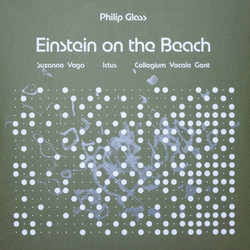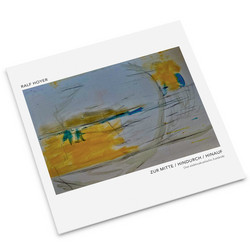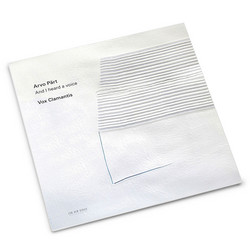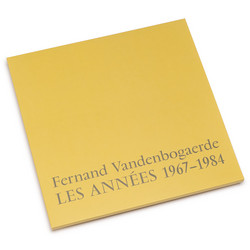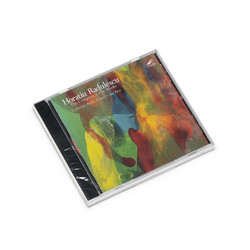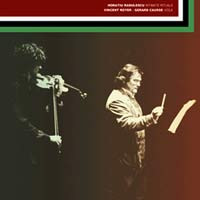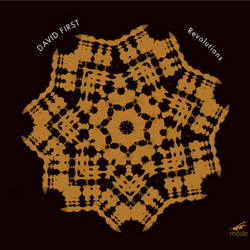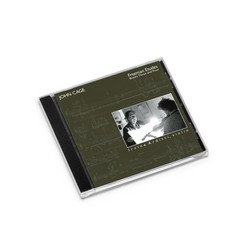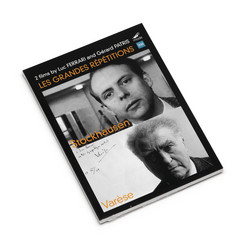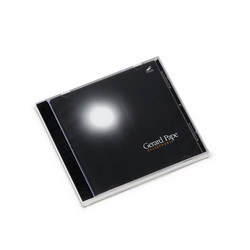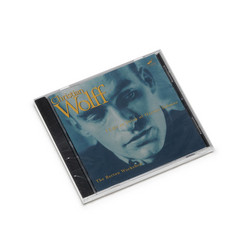Horatiu RadulescuFeaturing: Sam Dunscombe
Plasmatic Music, Vol. 1
Capricorn’s Nostalgic Crickets (1972) presents a simple pulse of spectrally dense sound events, described in the composer’s own words as a “pulse-tide of music and silence.” The seven clarinetists should transcend their instrumental selves, coming together to evoke the sounds of the natural world — the timbres of electronic music, the magical and phonetic aspects of language, even other instruments. This is to be done in the most fluid way possible, never dwelling on any one interaction but rather creating a sense of a whole universe of sounds constantly evolving and decaying.
Small Infinities’ Togetherness (1972) is the shimmering articulation of a single sound spectrum (that of a low ‘D’) that shifts between harmonicity and inharmonicity, spectral narrowness and spectral width. The version presented on this CD features two archival recordings of Radulescu playing organ (the original tape from Fountains of My Sky) and synthesiser (initially intended as a backing track for a duo version with Fernando Grillo). These are augmented with two sound groups recorded in the period between 2018–21, one of electronics (analogue and digital synthesis together with tape manipulation) and one of acoustic instruments (a set of Radulescu’s original Romanian folk wooden flutes, and a specially tuned sound icon).
In Opus 42: Inner Time / Outer Time (1980-83), paired compositions presented together here for the first time, a spectrum of odd number harmonics is deconstructed and rebuilt by overlaid flutes and clarinets, the instruments’ natural variations of pitch causing the total sonic mass to seethe and boil.
Opus 42 began life in 1980 as Outer Time for 23 flutes, and from this original score a second piece, The Inner Time for solo clarinet, was then generated. These two versions are identical except for the pitches, which are inverted in the clarinet version. The two “origin scores” use a unique spectral notation developed by Radulescu in the late 1970s. Realising these origin scores using overdubbed flutes and clarinets, rather than electronically generated tones, injects a degree of instability and unpredictability from fluctuations in wind instruments’ sound and is a natural (and unavoidable) part of instrumental technique. When presented as part of a large mass of sound, these micro-movements can have unexpectedly large consequences — the instrumental sounds will still fuse together to create the sense of a single sonic entity, but with an inner dynamism that gives an extra sense of temporality, growth, and evolution within a sound that would otherwise be read as purely static.
This CD’s performer/producer, Sam Dunscombe, is a performer-composer specializing in the use of clarinets, computers, and microphones. Sam is s the chief archivist and assistant to the editor of the Horatiu Radulescu Archives and Lucero Print in Daillens (Switzerland), where they work to digitise, revise, and re-publish many of Radulescu’s scores for the next generation of interpreters and musicologists.



